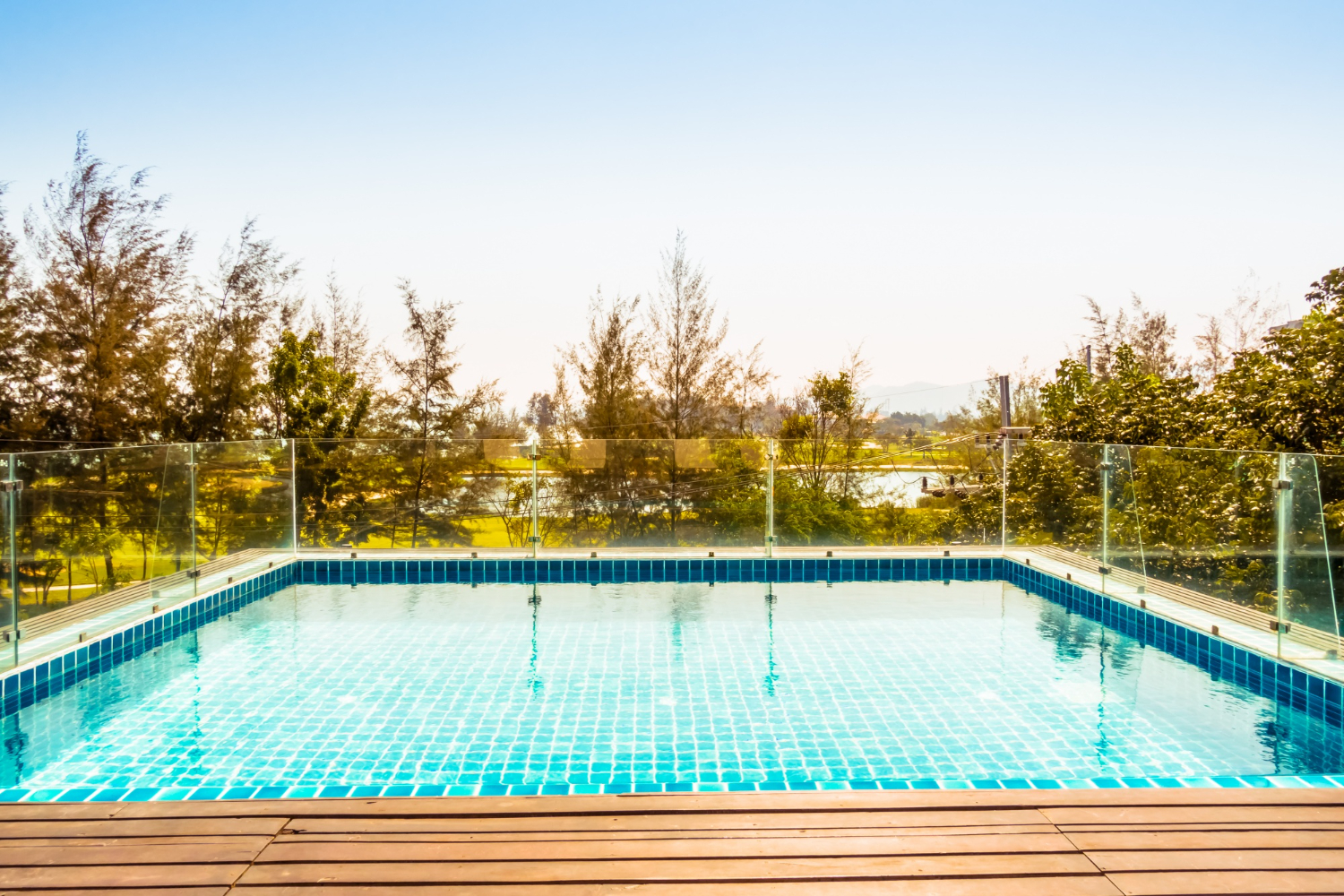The Ultimate Guide to Choosing the Perfect Above-Ground Pool
 When shopping for an above-ground pool, there are many factors to consider. Some of these are size, shape, materials, and installation.
When shopping for an above-ground pool, there are many factors to consider. Some of these are size, shape, materials, and installation.
Many pool owners add upgrades such as lights, fountains, automatic cleaners, and heaters. Other options include a safety fence, a hard bottom, and upgraded ladders and entry systems.
Table of Contents
Size
The pool size is one of the most important decisions when shopping for an above-ground swimming pool. You don’tdon’t want your new pool to take up every square foot of your yard, but you don’tdon’t want it too small – it may not be big enough to hold your family and guests comfortably.
In addition to determining the best size for your backyard, you’ll also want to consider any potential landscaping options like decking or other materials, as well as any upgrades you may want to purchase, such as salt or ozone sanitizer systems, hard bottom pools (if available), upgraded ladder & entry systems and automatic or robotic vacuums. All these can add up in terms of installation costs, so be sure to factor them into your budget before purchasing.
Shape
Above ground pools come in a variety of shapes and sizes. When deciding on a size, consider how many people will use it once and the typical pool height for your household. If you have children in the house, a pool that is chest or shoulder high will keep them safe and comfortable while swimming.
In addition, choose a flat location for your pool, with a clear view of the surrounding area and away from overhanging trees that may drop chemical-robbing leaves into the water. Direct sunlight is also beneficial as it helps to maintain a warm water temperature for longer.
Above-ground pools offer limited customization options, delivering no-frills fun but eliminating the possibility of waterfalls, swim-up bars, or other premium custom features. However, you can still upgrade your pool with various accessories, including ladders, entry systems, and heaters.
Materials
Many above-ground pools are sold as a complete pool kit, including a durable ladder or entry system, a filter pump, and a ground cover. Some are also available with optional upgrades, such as a solar pool heater and automated cleaning equipment.
Choosing the right materials for an above-ground pool can be a difficult task. Generally, a pre-cut pool pad is the easiest and most affordable option, as it’s designed to fit the shape of the pool and is made with high-quality materials that can withstand harsh chemicals and weather conditions.
Other options include sand or foam, but these need to be more stable and can cause shifting, leading to structural instability or excessive liner wear. Additionally, sand isn’tisn’t water-resistant and may not prevent moisture from melting snow or heavy rain from seeping into the pool.
Budget
Before you decide to go shopping, make sure you have a realistic budget in mind. It’s important to know how much an above-ground pool will add to your home value, how much it can cost to install, and any additional costs associated with general maintenance and repairs.
In addition, it is helpful to remember that buying a new pool can increase property taxes. Be sure to discuss this with your local tax assessor.
You should also consider the type of pool frame you want – steel pools are less expensive but require rigorous cleaning and maintenance to avoid rust; aluminum is more affordable and resists rusting, and resin is the most expensive and doesn’tdoesn’t corrode. The type of pump and sand filter you choose will also affect the total price.
Installation
When buying an above-ground pool in-store, you can work with an associate familiar with your geographic area and knows what types of pools other people have bought in your community. They can answer any questions and help you decide what upgrades you want (such as a leaf vacuum or automatic cleaner) and calculate your price.
Before you begin assembling the pool, make sure to choose a level spot in your backyard. It is important to avoid installing over shallow underground utility lines or under overhead power lines. Also, ensure that the spot isn’tisn’t over a septic tank or drain field. Also, be sure to check with your city for any utility easements that may be in place.









